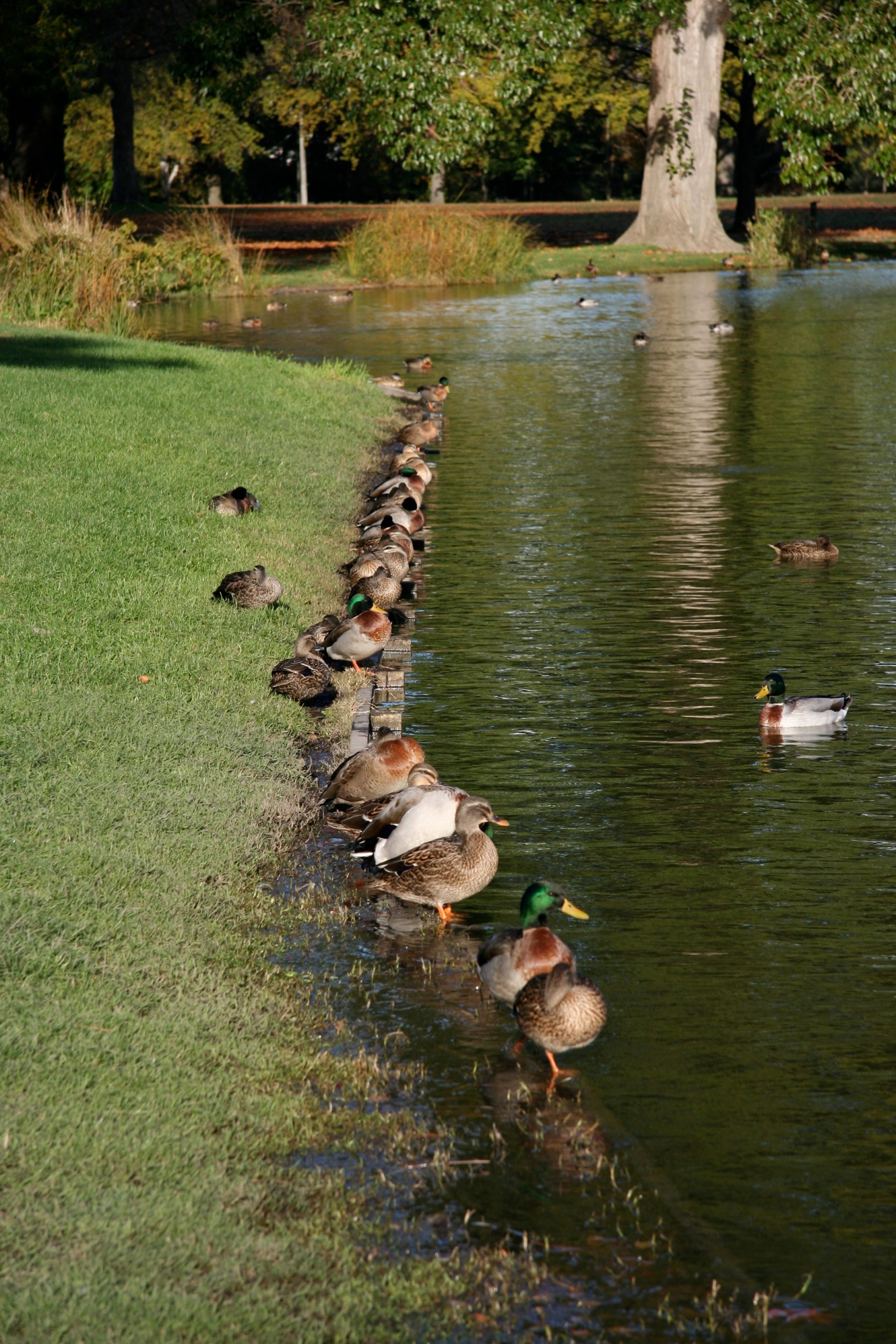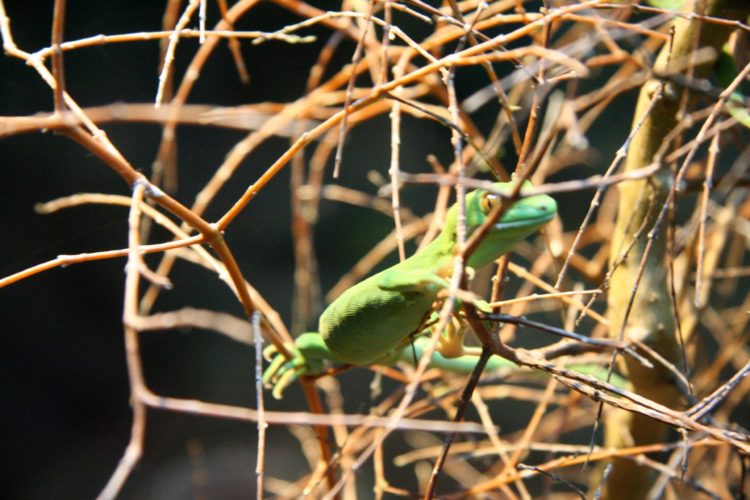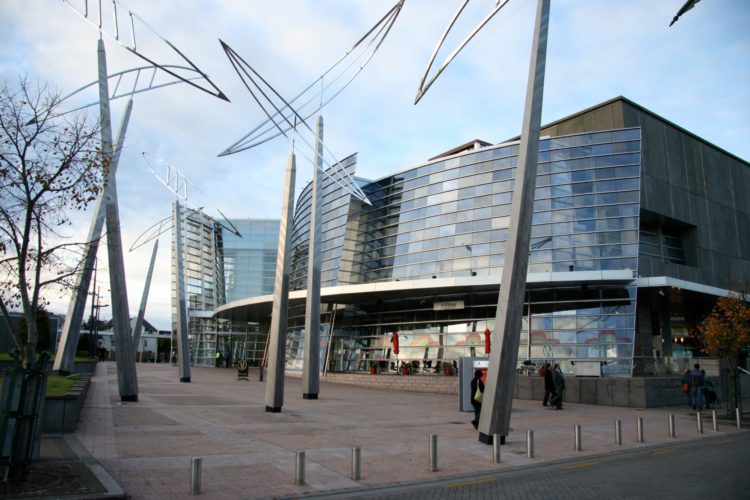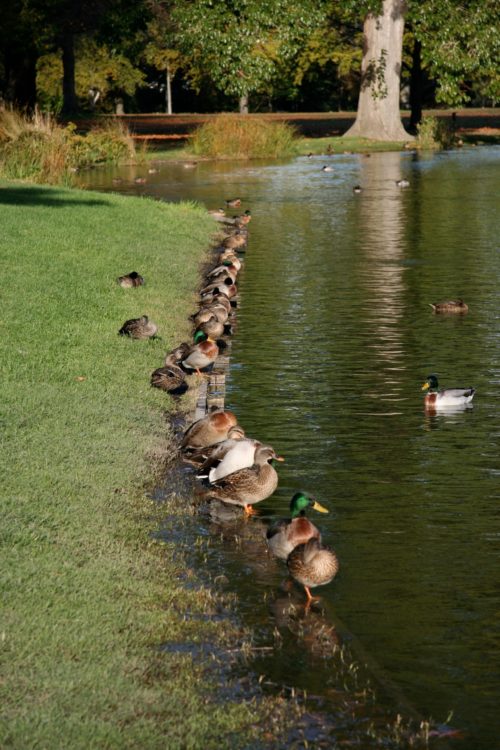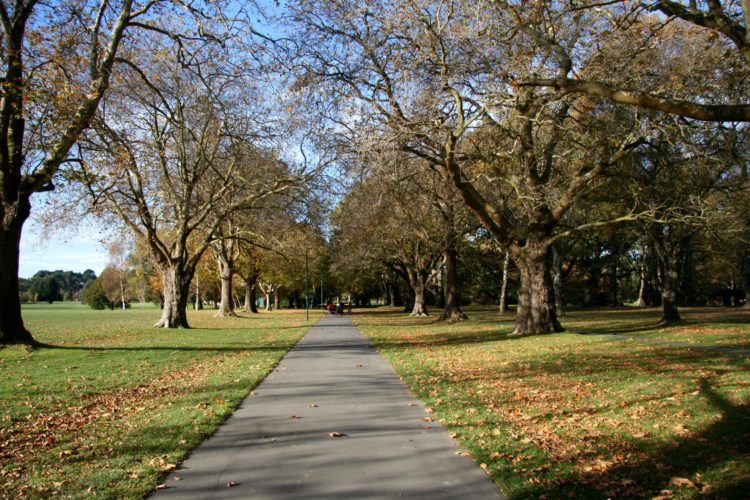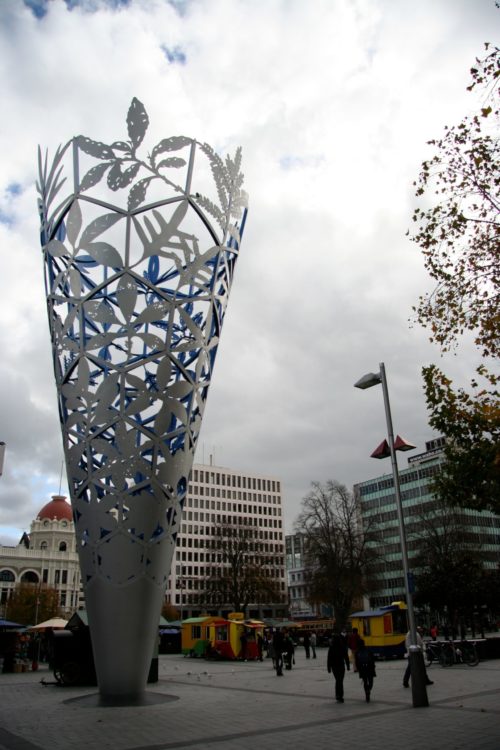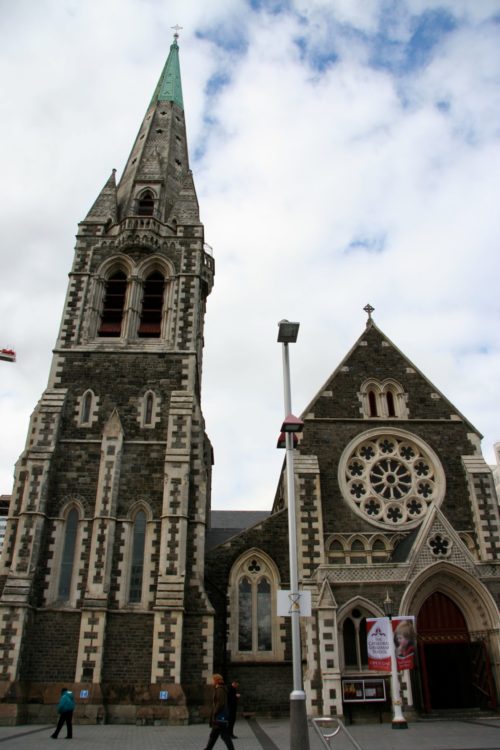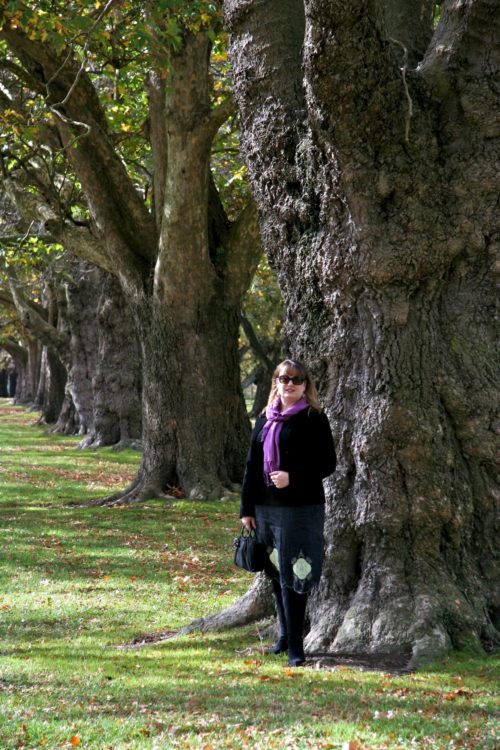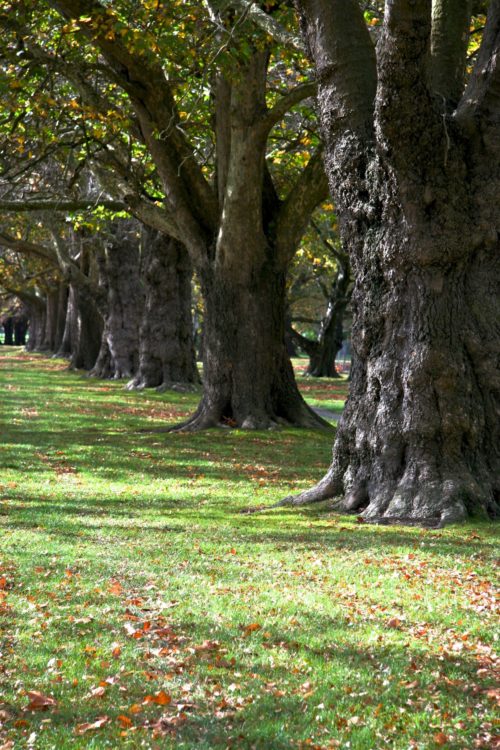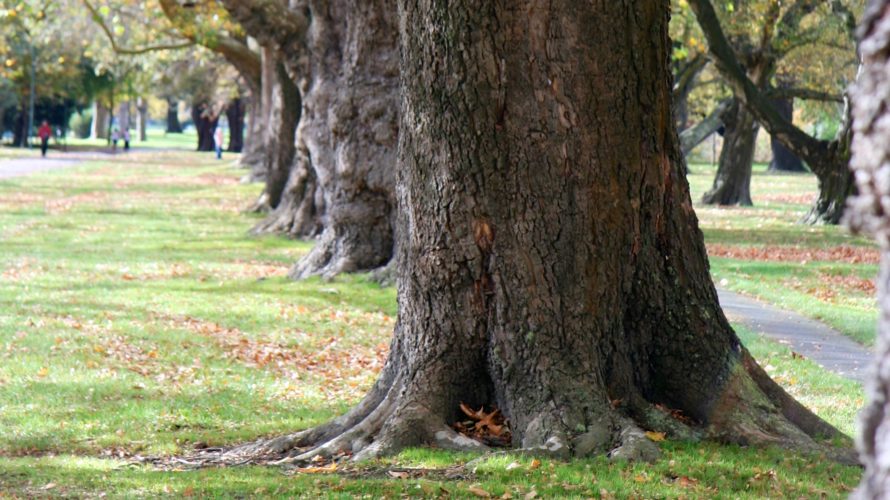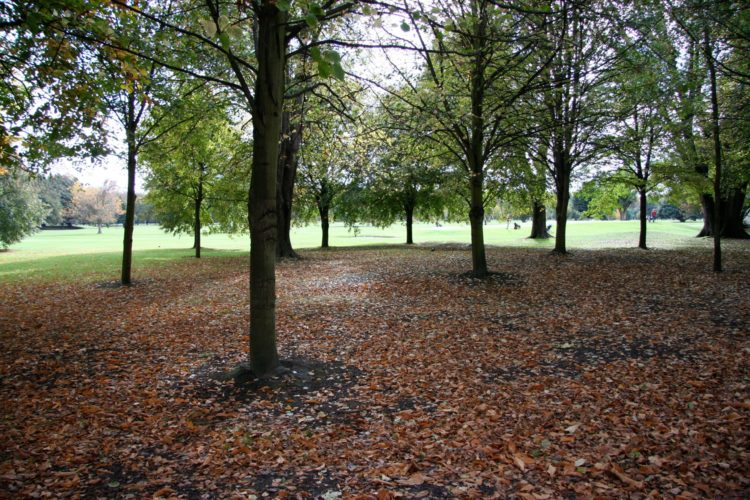May 2009
As part of my role as CEO of RSPCA ACT I was afforded an opportunity to visit Christchurch and meet with the SPCA, our international counterparts.
A delegation of Australian representatives attended the New Zealand Animal Welfare Conference.
We discussed a range of topics, including the strategy I had introduced into my shelter, Saving More Lives. See this strategy, which was featuredd on the ABC:
We discussed strategies that would reduce unnecessary euthanasia. Things like infant kitten foster programs, regular dog behaviour and dog walking opportunities, additional veterinary care, innovative adoption strategies.
However, not withstanding the strategies, you needed a leader and leadership team that was willing to say and stay true to the phrase: “Lets stop the killing.”
I introduced this at the shelter in Canberra. I changed our overarching philosophy from one where killing was easy, to where killing was hard. We were ending the life of an animal, that decision should be hard, we must explore every possibility for that animal.
And I did, from long term dogs who spent happy healthy lives in our shelter to kittens that spent the start of their life in a foster home. Every animal was treated individually, respectfully and with dignity.
It didn’t take long and staff caught on: Go the extra mile for the animal, work hard, provide top shelf customer service and animals would live and be adopted. It’s quite a simply concept in reality. The hard thing is convincing leaders of animal shelters that they have the power. Too many shelter leaders tie themselves to budgets, constraints, shelter size, pleasing a business minded board without any regard for animal welfare.
This last point is the balancing act. How much do you spend to save an animal. It forces you to ask the toughest question: What is the life of an animal worth? We face that every day. My response is always the same: We always have budget for animal welfare. We can make savings elsewhere. Too many shelters apply limits to what they’d spend on an animal to care for it. You need to remove this artificial barrier and look at eat case: Develop a per animal strategy for hard to adopt animals. Change their environment, provide the vet care, but get them into foster care to build a bond, which promotes healing. Adopt animals post surgery, don’t wait for full healing periods, people love care giving and what better way to provide care than with a recovering animal.
By the time we visited Christchurch, our homing rates were in the 90th percentile band. It ain’t easy, but if you stick with it it can be done.
After the conference and meetings with the SPCA, we took a couple of days off.
Mardi and I got to see the magnificent Hagley Park. We visited the centre of Christchurch, including a wonderful facility housing Kiwis. Kiwis are timid beautiful creatures. We spent a couple of days just walking around taking in the sights and enjoying this beautiful place.
